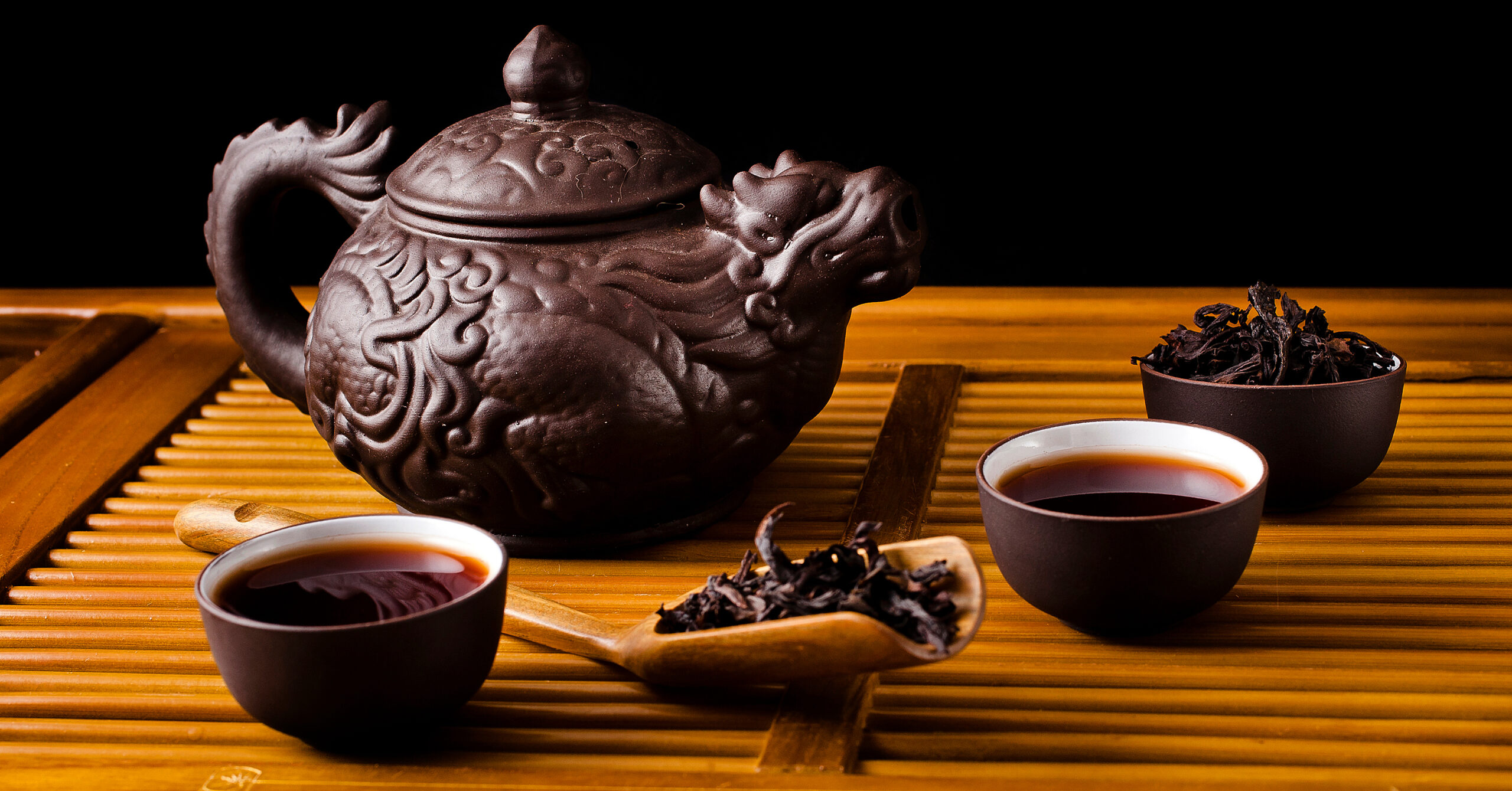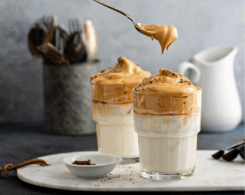All the Tea in China
You might be familiar with green tea and black tea. You might have even heard of Longjing or Pu’er. But did you know that the commonly known black tea is called red tea in China, and black tea has its own category? If you’re feeling a little confused, you are definitely in the right place. “All the tea in China”… is not all the same. We will take you on a fragrant journey to discover the diversity of aromas of this enduring beverage.
It is said that Chinese tea was first discovered in 2737 BCE by Emperor Shen Nong when a leaf fell into his pot of hot water by accident, and he was delighted by the pleasant taste. Tea plays a vital role in Chinese tradition and integrates into all aspects of daily life. It is a way to slow down, meditate and connect. Most Chinese teas fall into six categories based on degrees of oxidation and fermentation.

Green Tea
Green tea is non-fermented and only lightly oxidized. Lu’an Gua Pian is one of the ten most famous teas in China. Unlike most green teas, it uses the second and third leaf on the branch instead of the new buds. During the Qing Dynasty (1644-1911), Lu’an Gua Pian was a type of Gong Cha (Tribute Tea) to the imperial family. In July 1971, Lu’an Gua Pian was given as a gift to the US Secretary of State Henry Kissinger to promote Sino-US relations. The tea has a pleasant floral sweetness to it. It’s very refreshing and smooth, a sweeter and warmer tasting tea with notes of baked biscuits, sweet strawberries, and dark baked potato skins.
Green tea is commonly used as an ingredient in beauty care products, such as Innisfree’s Green Tea Seed Serum and the Rejoice Green Tea Shampoo.
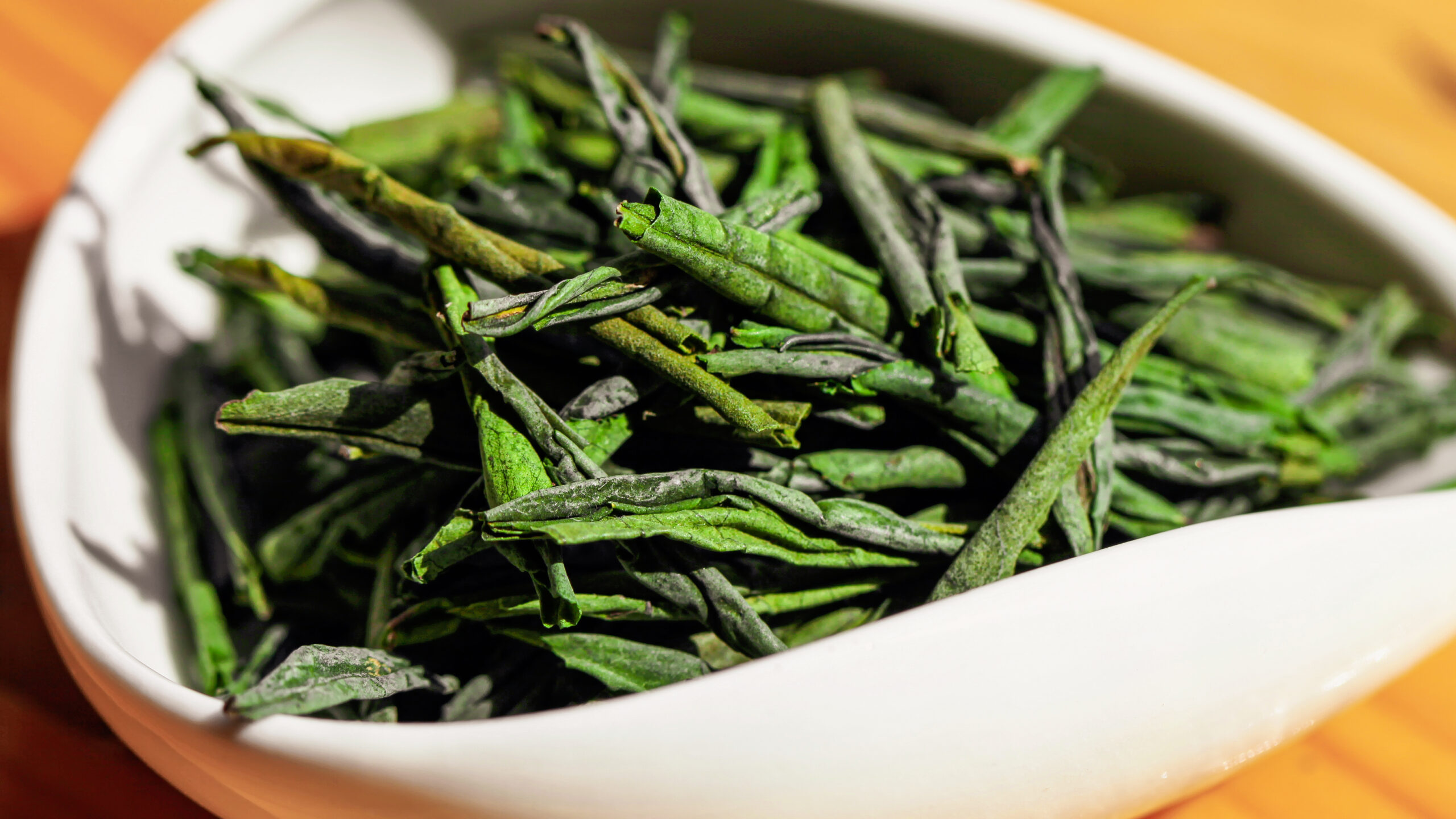
Green Tea 
Innisfree
White Tea
Known for its subtle anti-inflammatory benefits, white tea is another type of non-fermented tea. One of the most well-known–and most prized–of its varieties is Baihao Yinzhen, also known as Silver Needle. Bai Hao Yin Zhen’s fragrance is refreshingly sweet, while the taste is clean, smooth, and delicate. The tea has a slight soy milk taste and leaves a fragrant mouthfeel and long-lasting lingering sweet aftertaste.
Rich in antioxidants, white tea is popular in face and body care products, like Olay’s Infusions Lime & White Tea Body Wash and the White Tea Brightening & Moisturizing Toner by Mask Family.

White Tea – Silver Needle 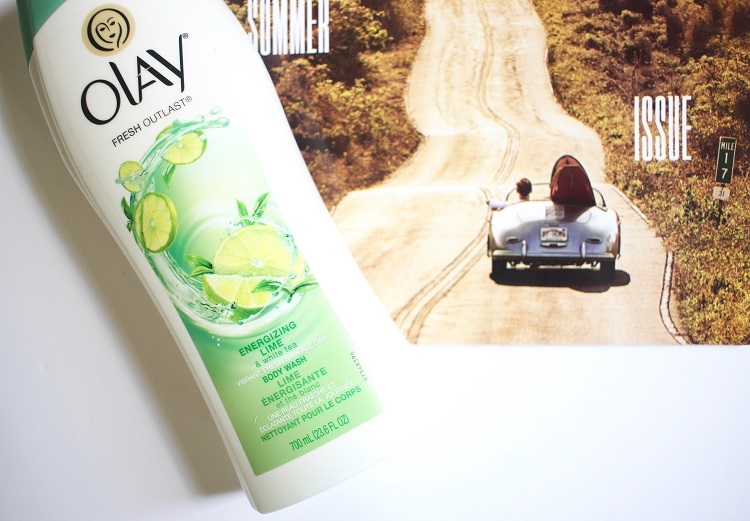
Olay Infusions
Yellow Tea
When Princess Wencheng married Songzan Gambo during the Tang Dynasty, she included Junshan tea in her trousseau. Since then, Junshan Yinzhen was offered as a tribute to the emperors. A quintessential yellow tea, Junshan Yinzhen is praised for its delicate aroma with a hint of floral notes. The taste is smooth, light, and sweet at first sip but finishes with a fleeting smoky flavor. The smokiness is only apparent in the first infusion and is not overpowering.
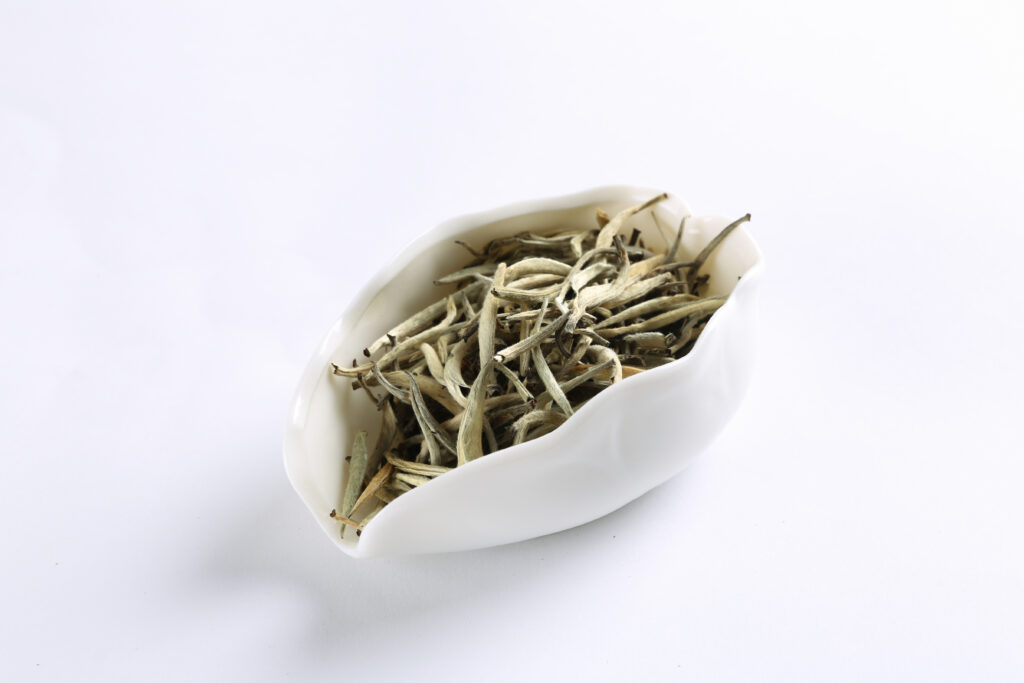
Oolong Tea
A category on its own, Oolong tea is also known as Qing Cha (Dark Green Tea) in China. It is semi-oxidized and has similar health benefits to green and black tea. Tie Guanyin, a type of Oolong, is named after the Chinese Goddess of Mercy, Guanyin. The taste has a slightly floral flavor with a sweet, long-lasting finish and velvety texture with hints of stone fruits, caramel, or chestnut, and a floral often described as reminiscent of orchids.
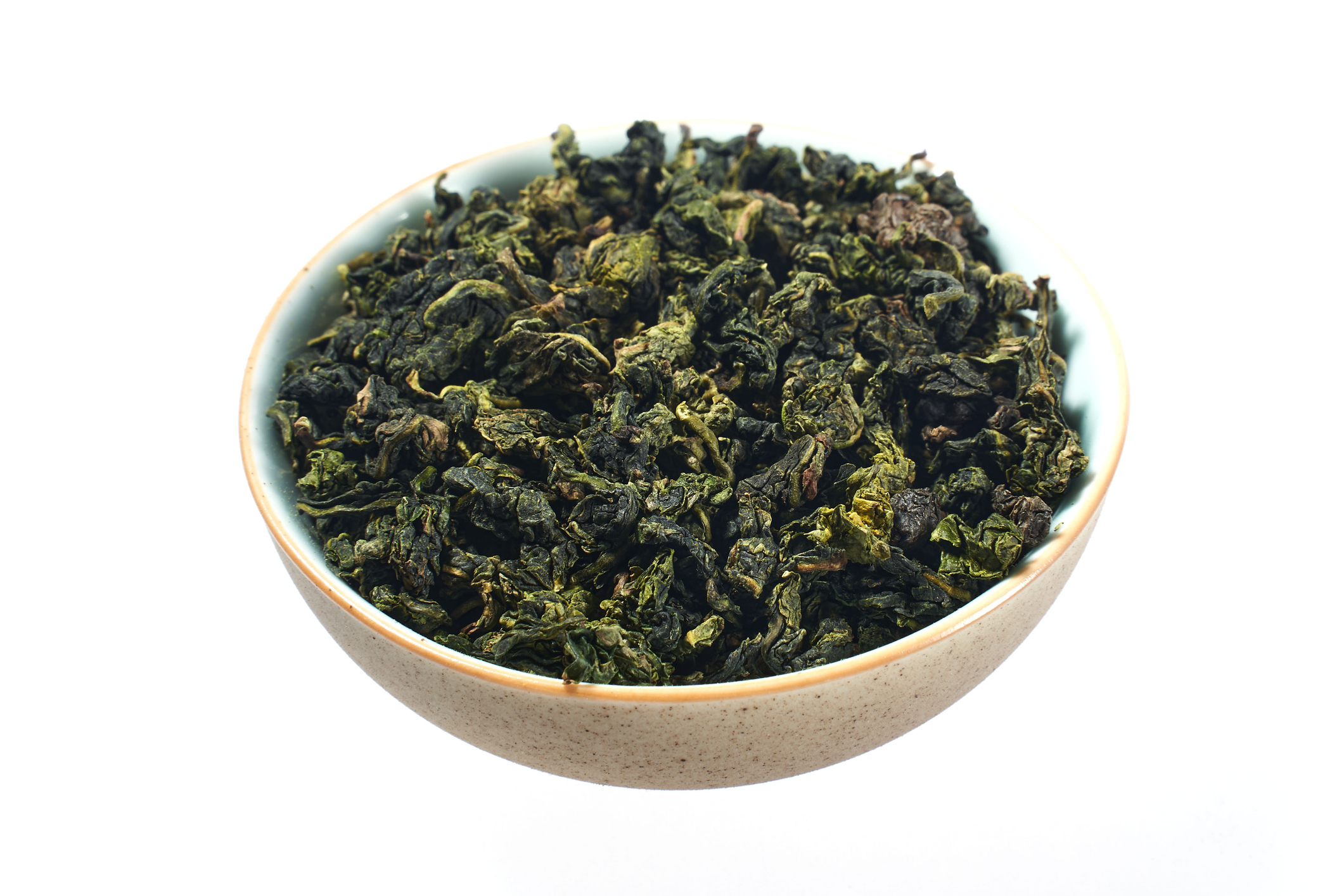
Oolong Tea 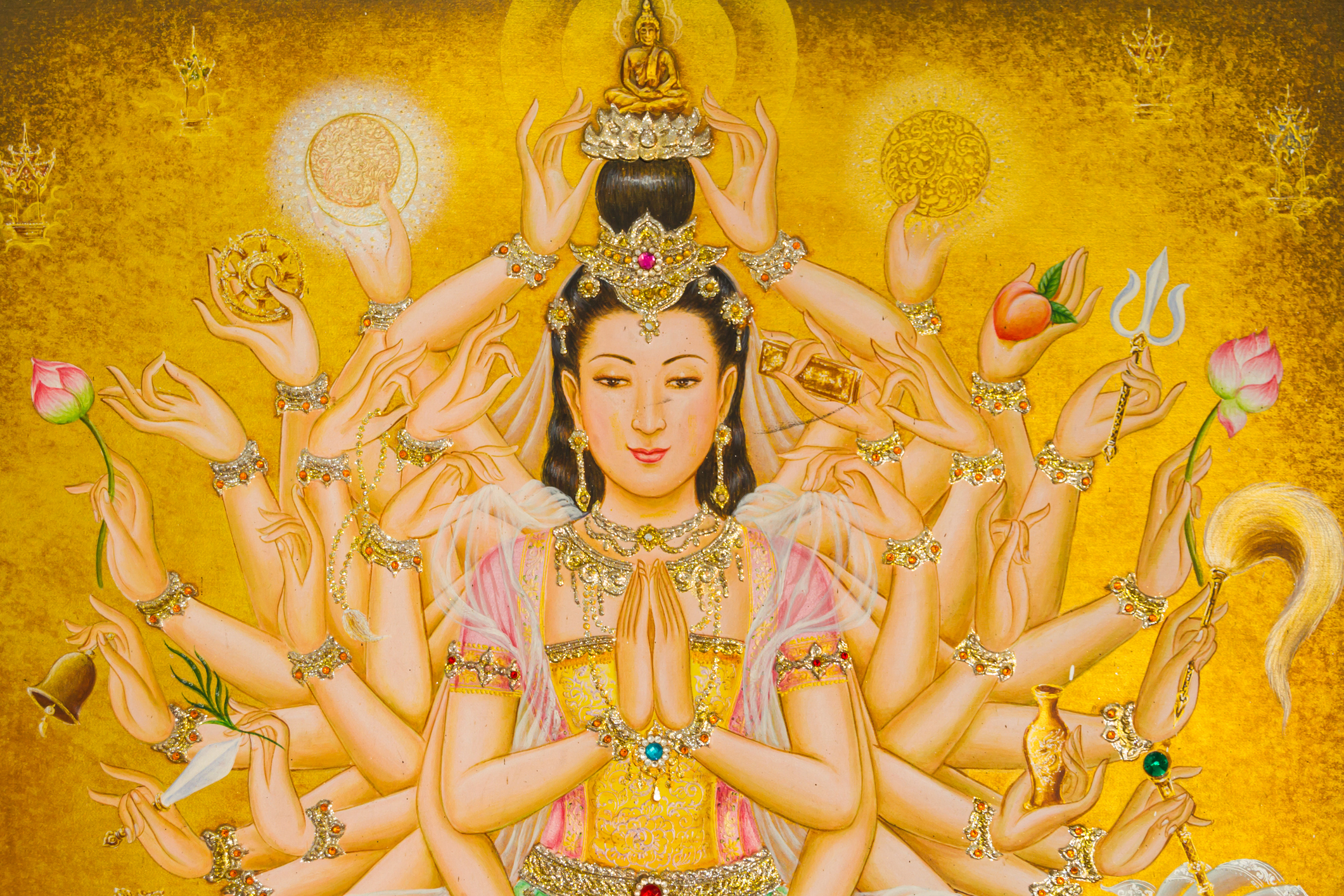
Guanyin Goddess of Mercy
Today, Oolong is used to make products like Tenfu Pineapple Cake (Jin Xuan Oolong Flavor), Oolong Infini Perfume by Atelier Cologne, and Rose Oolong Sugar-free Gum by Double Mint.

Tenfu Pineapple Cake 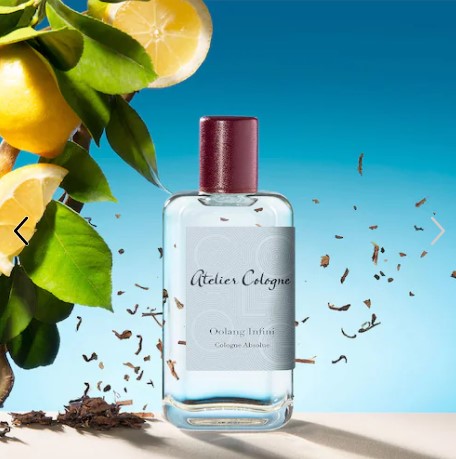
Atelier Cologne
Black Tea
Black tea is widely used in English Breakfast blends. In ancient times, thanks to the development of water transportation, Black tea was quickly popularized in China and beyond. The Keemun Label, an unblended premium of its type, was adopted worldwide. It is well accepted for its rich flavor, fiery amber-colored liquor, and toasty, sumptuous aroma. The taste has a smoky, slightly malty, and smooth, aromatic finish, with fresh cocoa and baked bread aroma.
The black tea firming overnight mask from Fresh and Sunsshen’s Pure Black Tea Nourishing Lotion are among the popular products made with Black Tea.
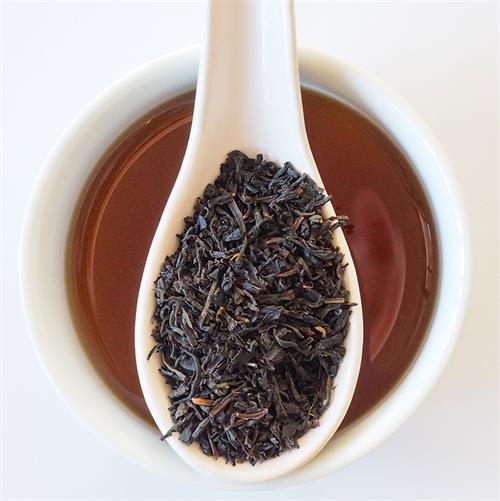
Black Tea – Keemun Label 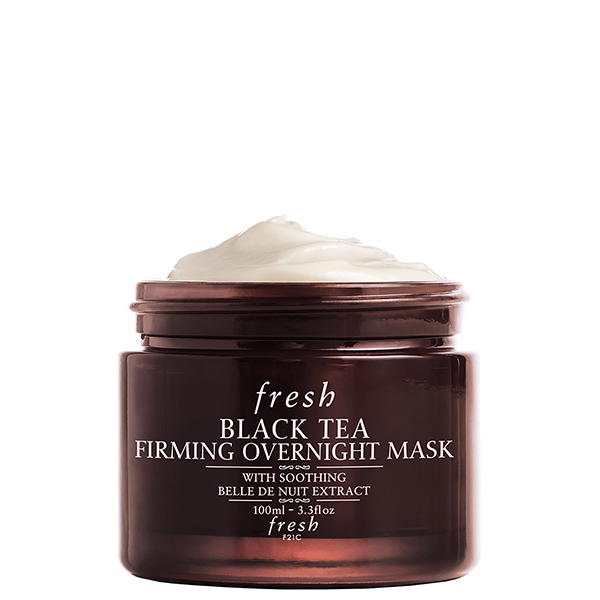
Fresh Black Tea Firming Overnight Mask
Dark Tea
Finally, dark tea, or Pu’er, is a variety of fermented tea produced in China’s Yunnan province. Its uniqueness comes from its natural fermentation process, which oxidizes its leaves and amplifies its antioxidant benefits. Pu’er is considered an acquired taste by some. Its profile develops over time–the longer it’s stored, the more flavorful it tastes. This distinctive characteristic has given this type of tea a certain collectible value. Pu’er can be sweet, bitter, floral, mellow, woody, astringent, sour, earthy, watery, or even tasteless. A combination of tastes appears in one single steeping.
Try Cosmetea’s Pu’er Tea Vital Moisture Essence and Tea & Source’s Pu’er anti-aging lotion.
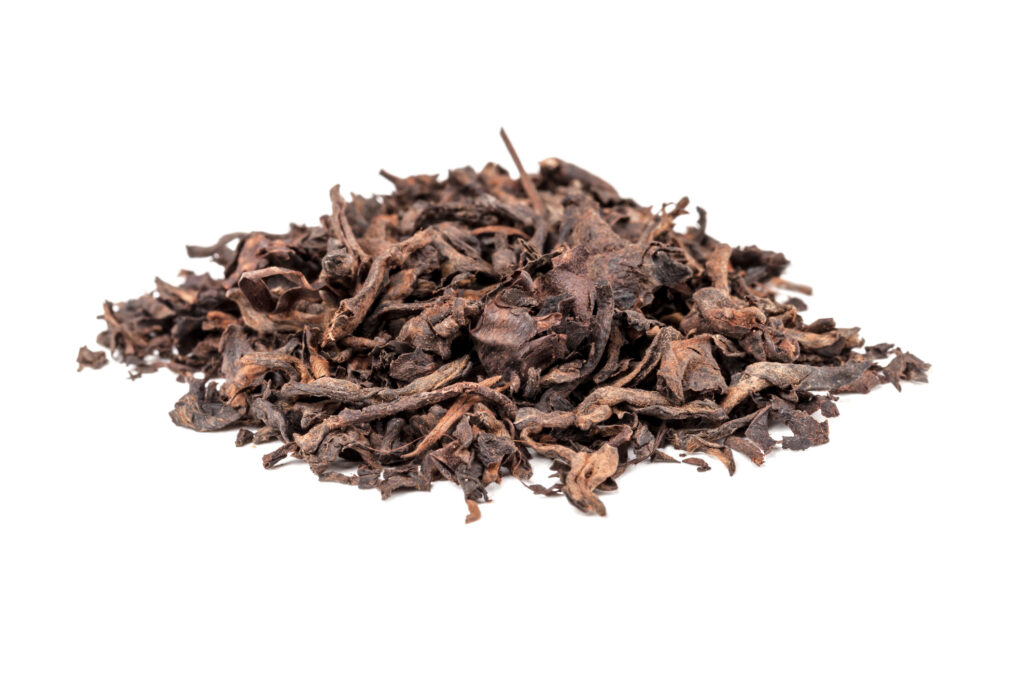
Pu-erh 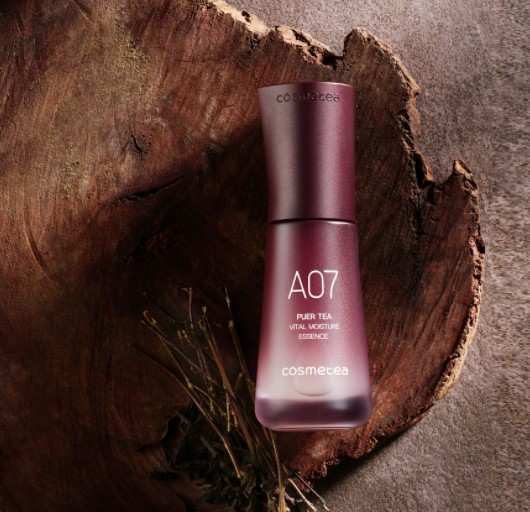
Cosmetea Pu’er
What’s your favorite tea? How do you drink it? Please share your thoughts with us and leave a comment below!

